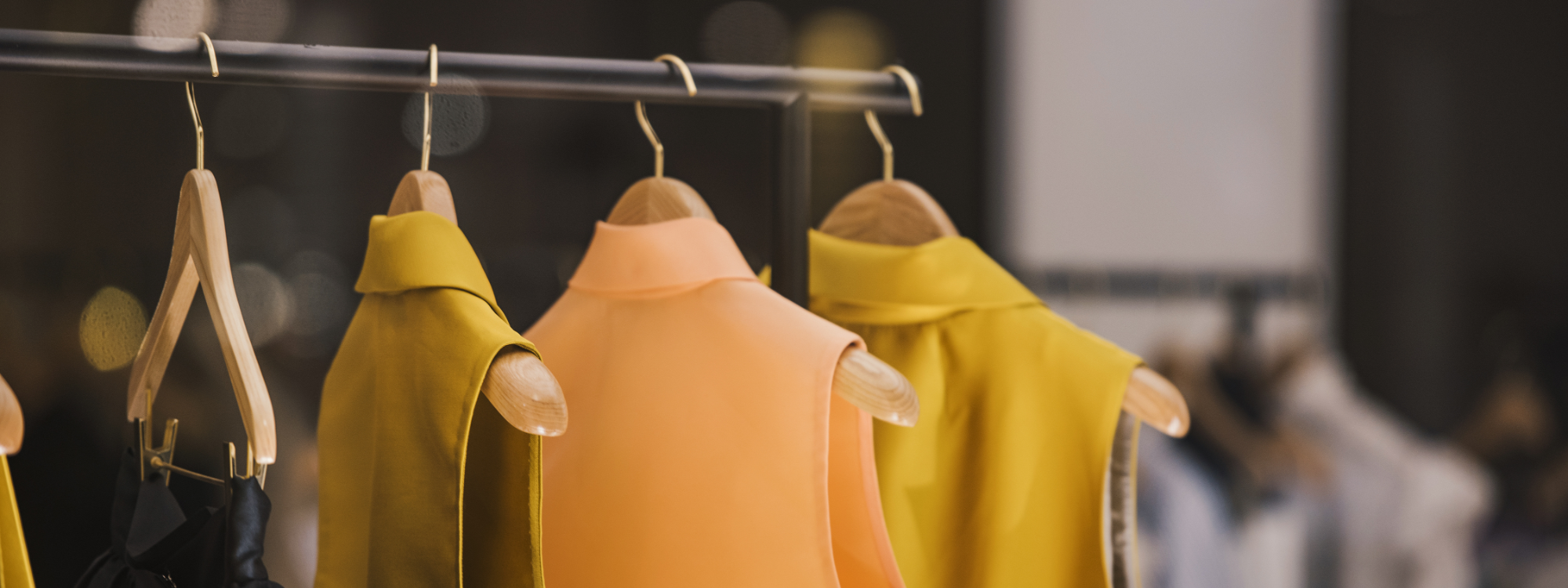Indirect Spend Optimization in the Luxury Industry
Our client is a leading Italian luxury goods company in the fashion sector. The family-run company produces high-quality leather goods and accessories and distributes them worldwide, especially in its almost 500 own stores. The label has a strong presence in the Asian market and in the US.

Objective: Generate quick savings to finance the transformation
As part of a holistic transformation project, our client redesigned its entire brand presence. To finance this rebranding, we were asked to work with the client to reduce costs in the indirect cost segment. The biggest challenges were, on the one hand, the high demands in the luxury sector and, on the other hand, the necessary flexibility to optimize costs during an ongoing transformation process.
Approach: Achieving savings despite an ongoing transformation
At the beginning of the project, one single person was responsible for all indirect procurement negotiations. A strategic approach to the topic was hardly possible in this setting for capacity reasons. The situation was characterized by tactical negotiations in which many opportunities remained unaddressed.
An important part of the joint project was therefore the definition of a business model for indirect procurement. In a first step, we investigated the as-is situation, i.e., which function and geographical region has been responsible for the purchasing of specific demands. As a second step, we defined the to-be setup for each category. In particular, the costs for marketing, packaging, and shop fittings – which are rather low in other segments – account for the majority of costs in the luxury segment. The expenses in these areas justified the creation of an entire Indirect Spend department. We therefore created job profiles and advertised corresponding positions to set up this strategically oriented organization.
“Made in Italy” is considered a quality characteristic for fashion worldwide. For this reason, all of our client’s suppliers were based in Italy.
While this is understandable for direct demands, it often isn’t the best choice for indirect demands from a cost, lead times and especially sustainability point of view – sending packaging or clothes hangers from Italy to the main sales markets in Asia and the US, for example. Our teams opened the view and have driven the change to source these products in other procurement markets in the required quality and without having an impact on overall sales numbers.
We had to be very agile in our negotiations with store layout suppliers, since optimizing the cost of shopfitting in an ongoing transformation process means constantly changing requirements. We couldn’t tender the status quo, as it was clear that design, quality and price point would change in the coming months. We therefore had to be very close to the overall transformation and react quickly to new decisions. At the beginning, we focused on specifications where adjustments would be rather minor, and spoke to both, existing suppliers and possible new business partners. Negotiations for specifications heavily impacted by the transformation, whether to use wood or stone for desks for example, where put on hold at first and where then negotiated and awarded at very short notice after the final transformation decision.
Results:
- Developed operating model for indirect procurement
- Accompanied transformation processes and change management
- Optimized 5 Indirect Spend categories
- Savings in the double-digit million range – 7% of total Indirect Spend
Get in contact with our experts

